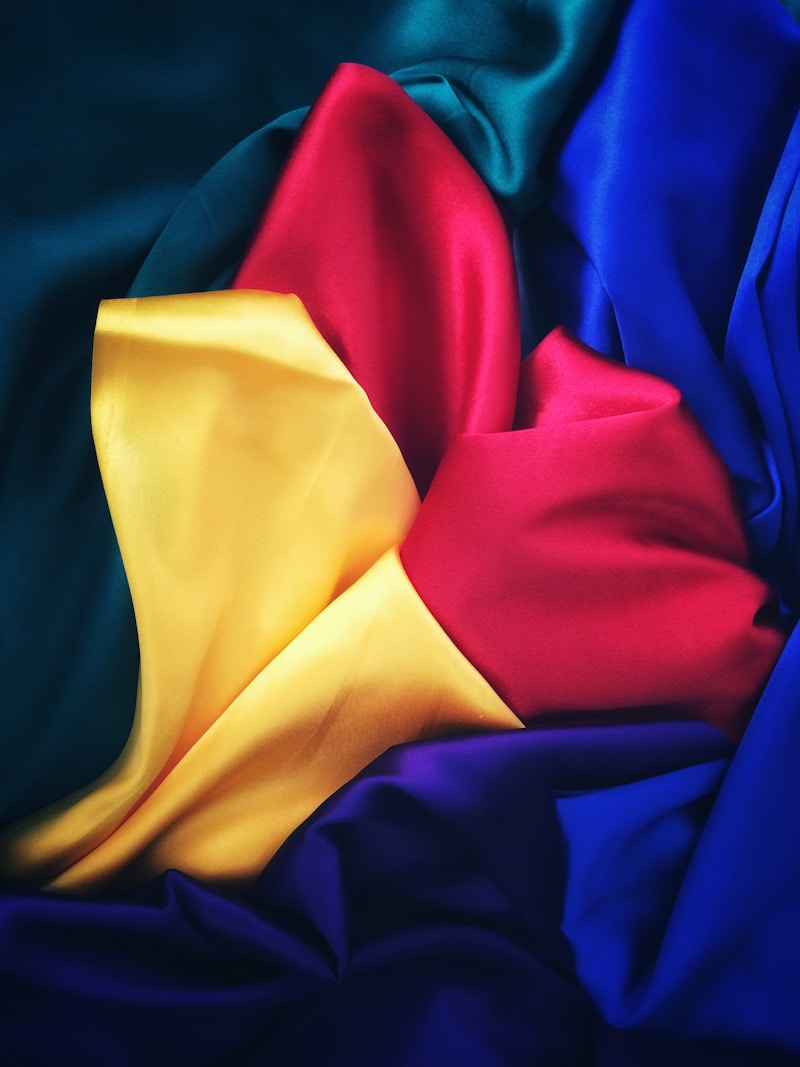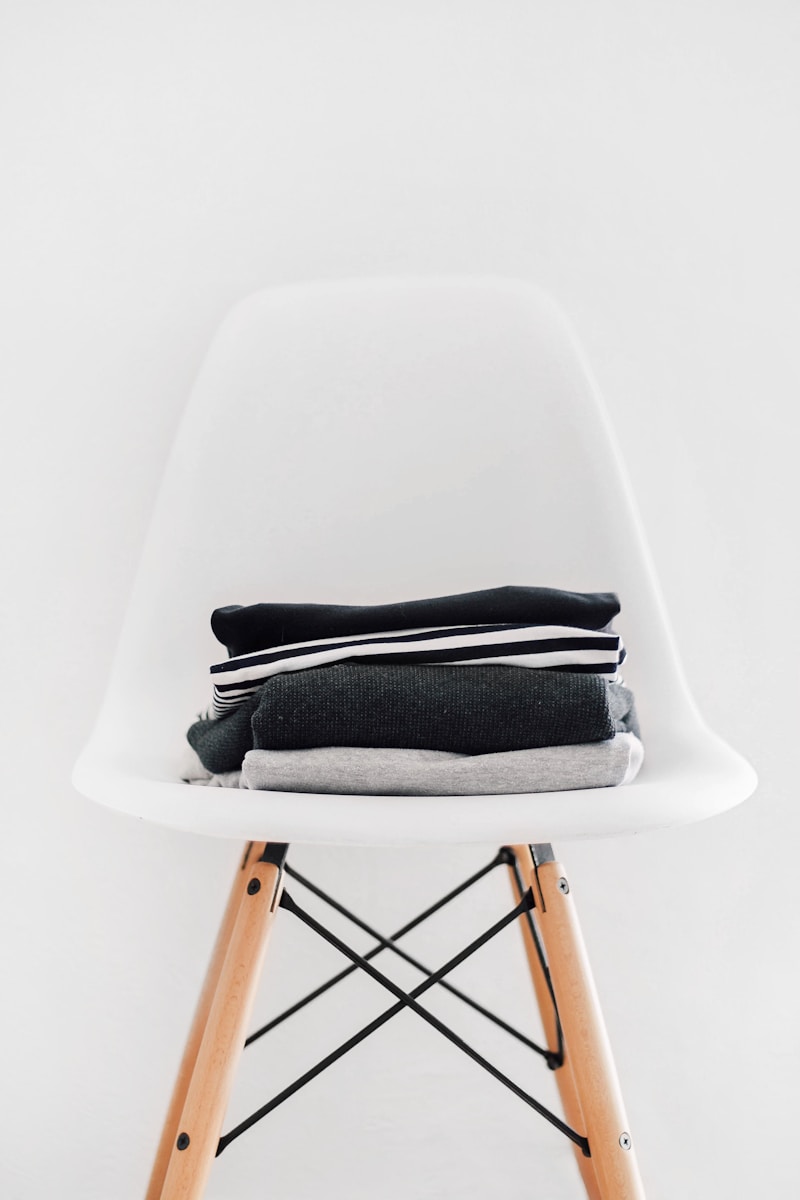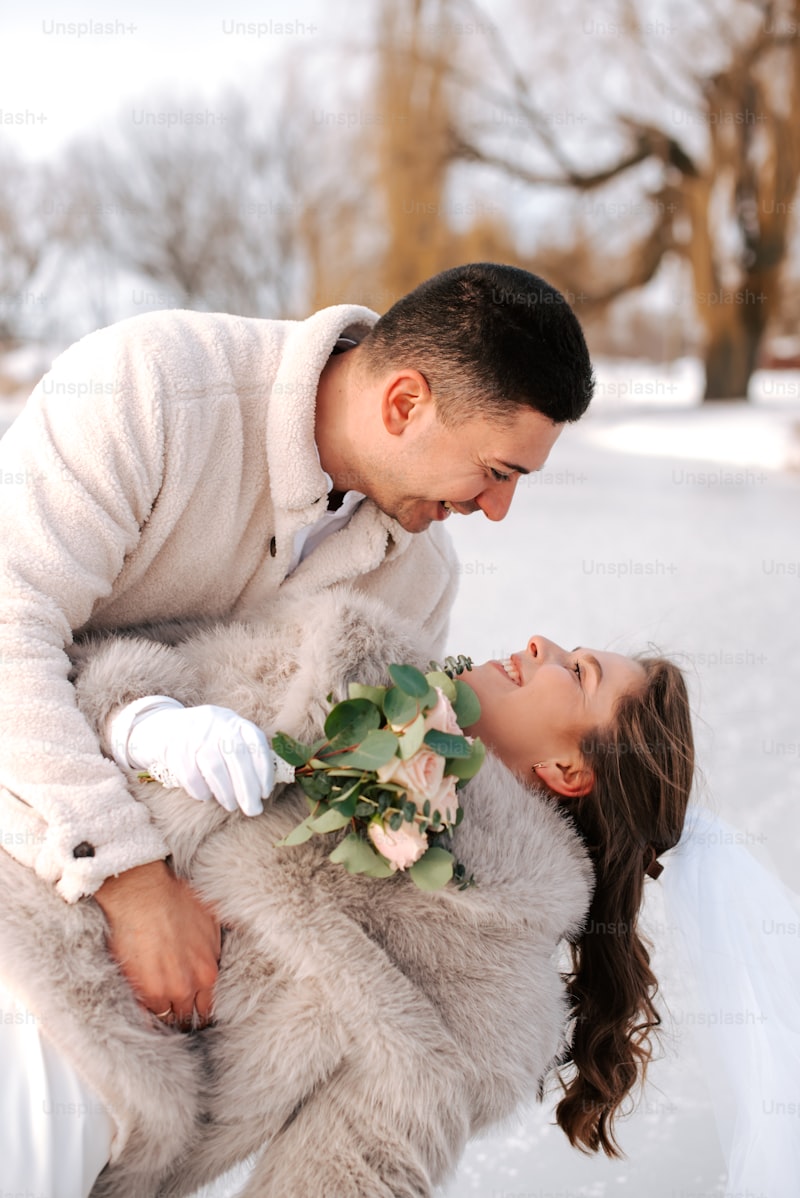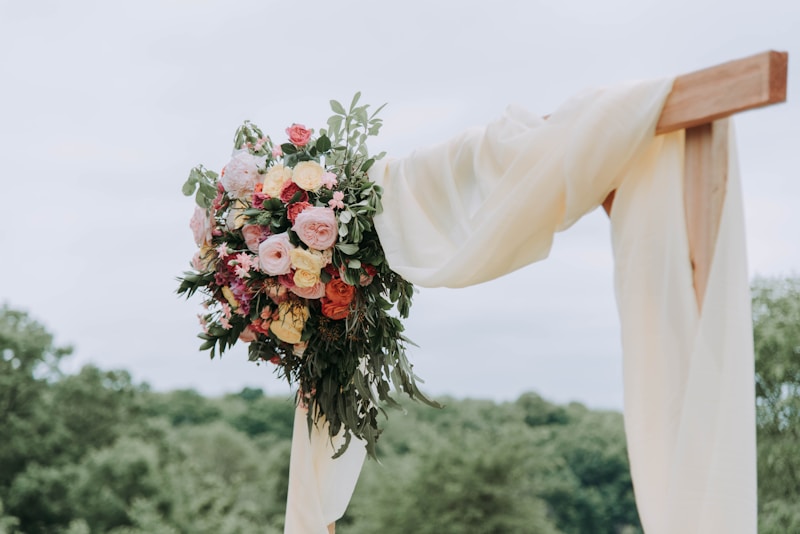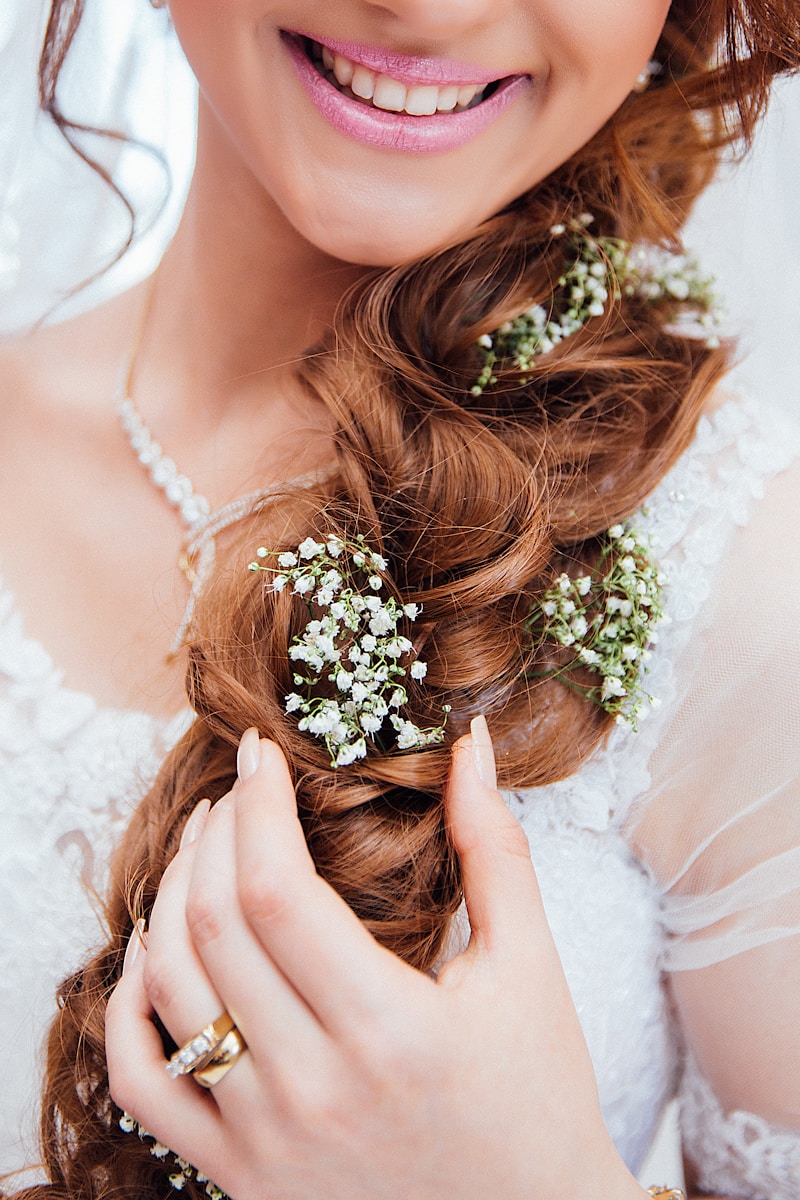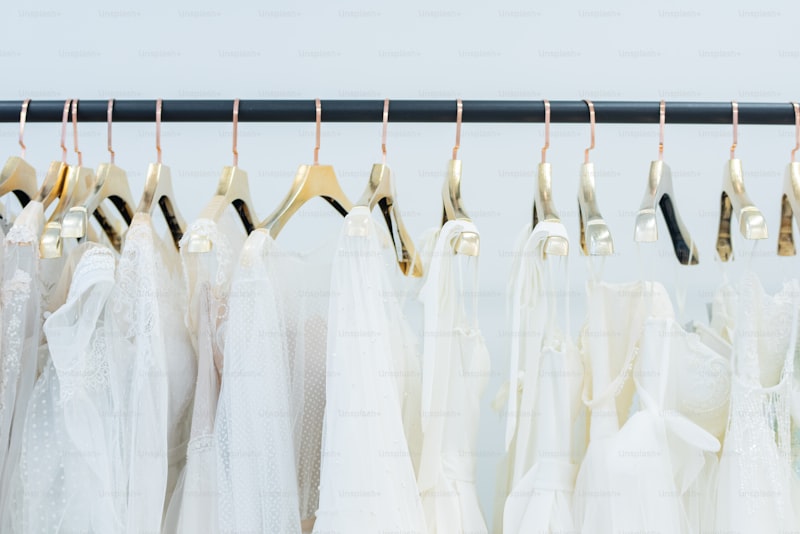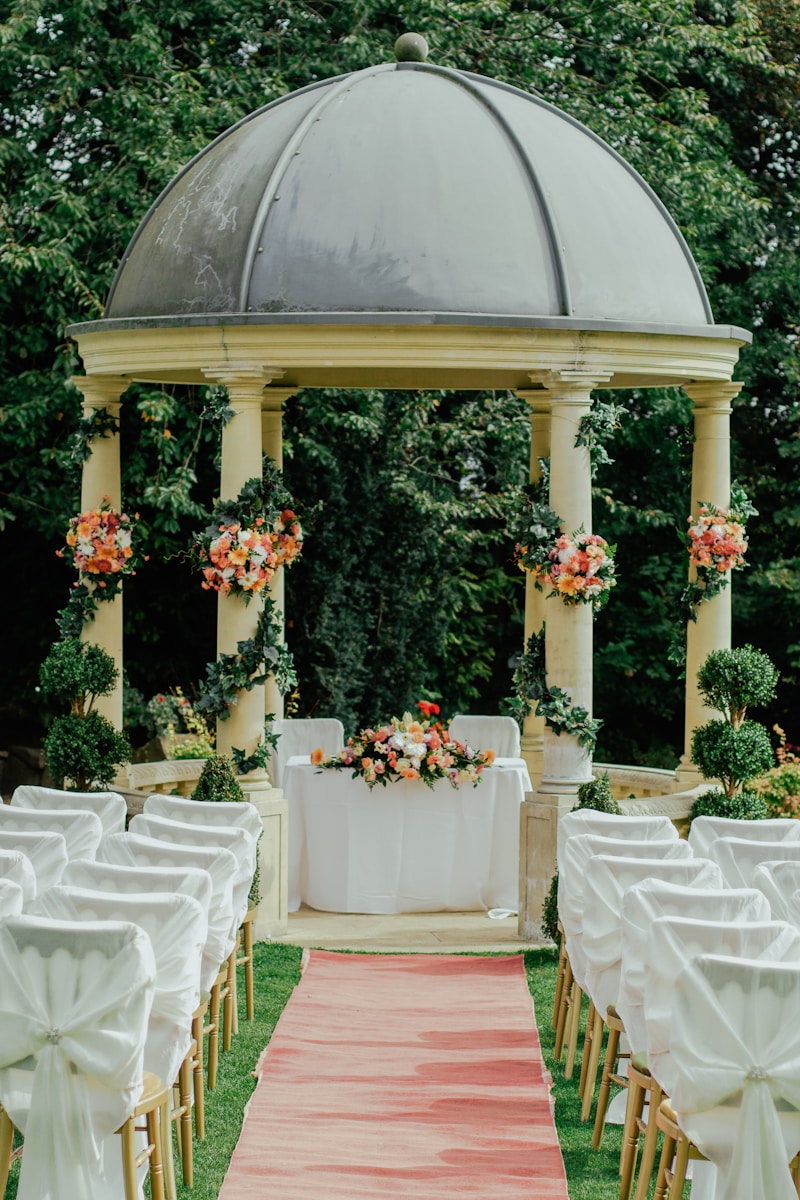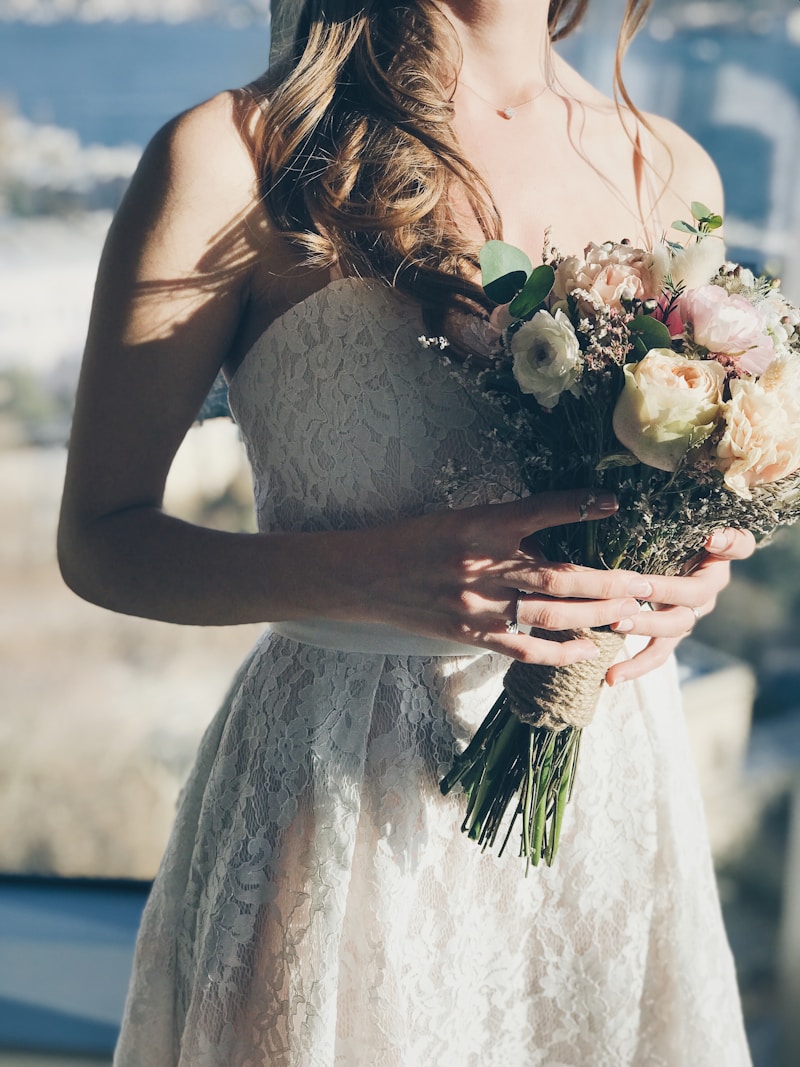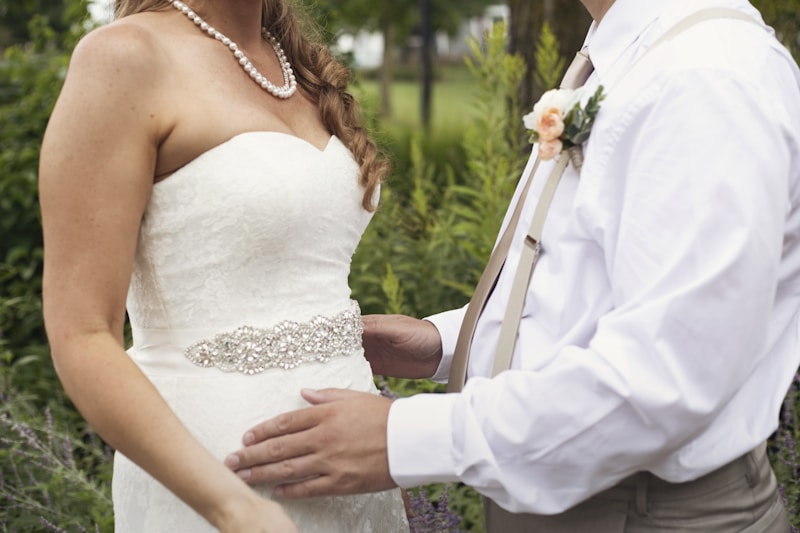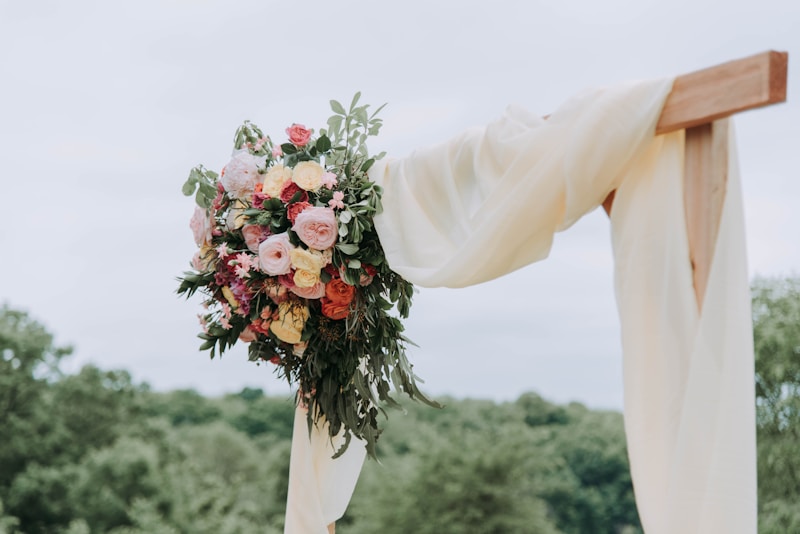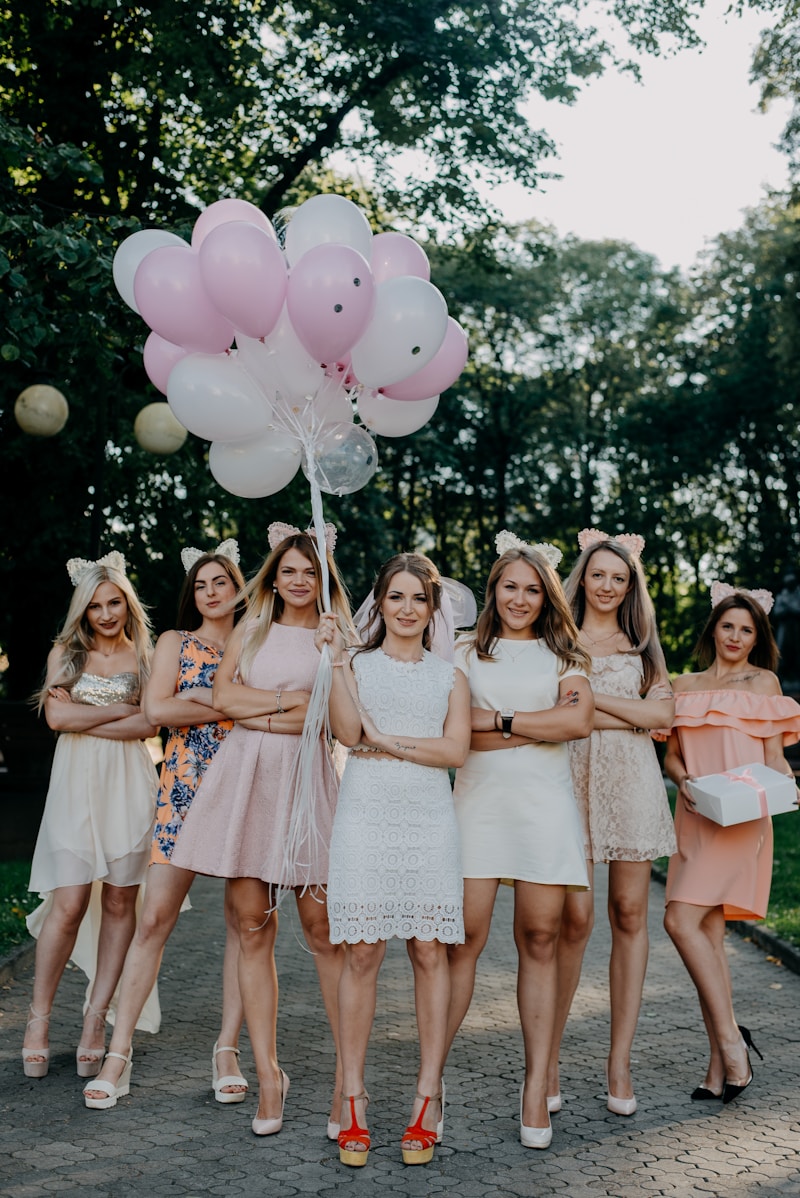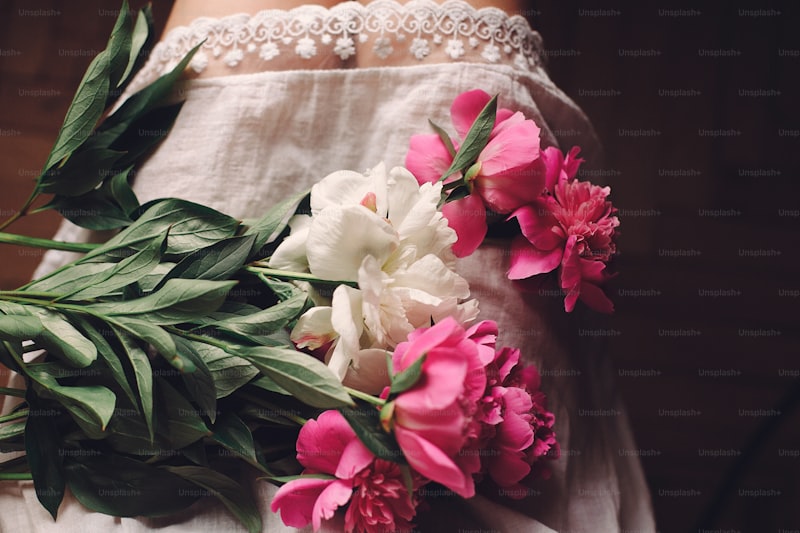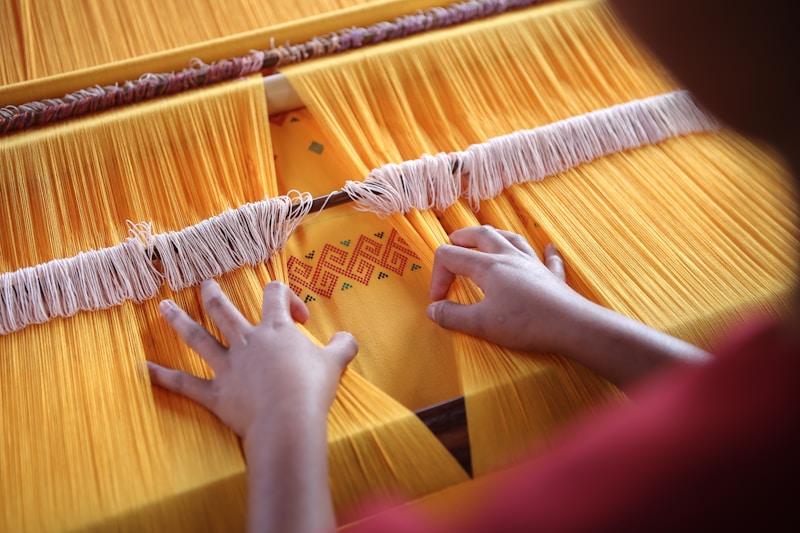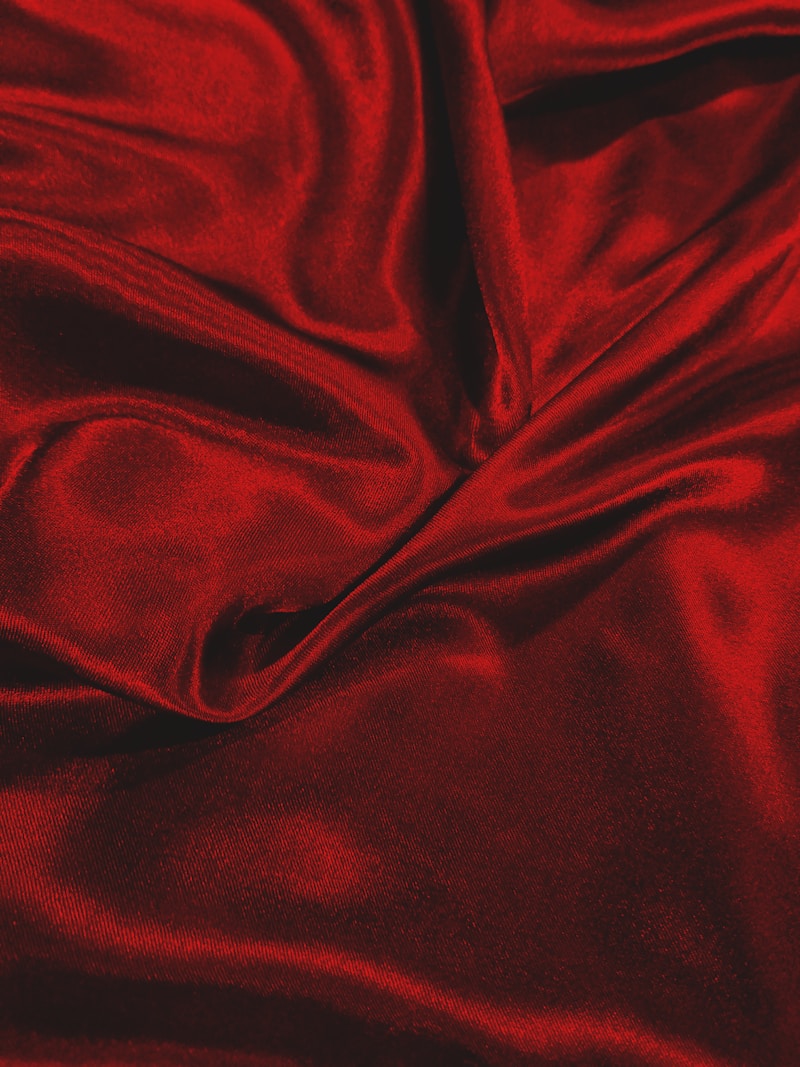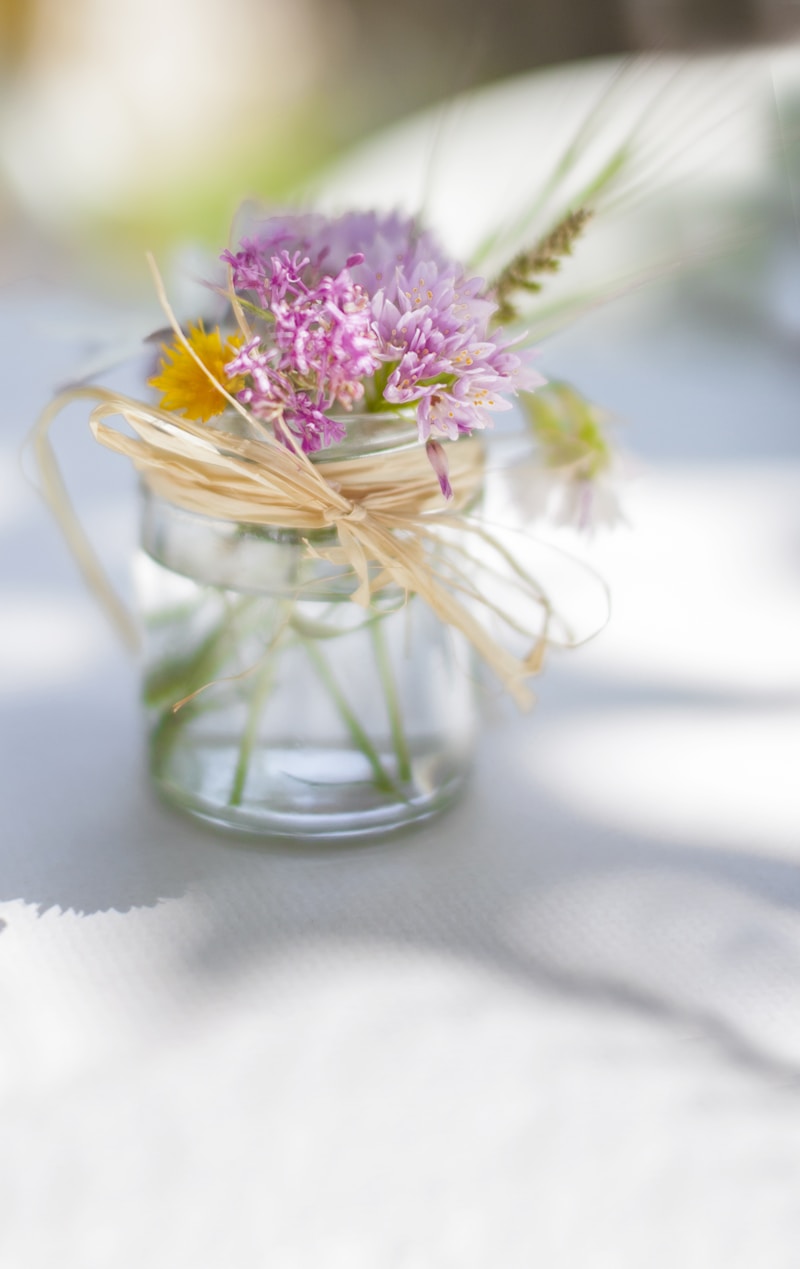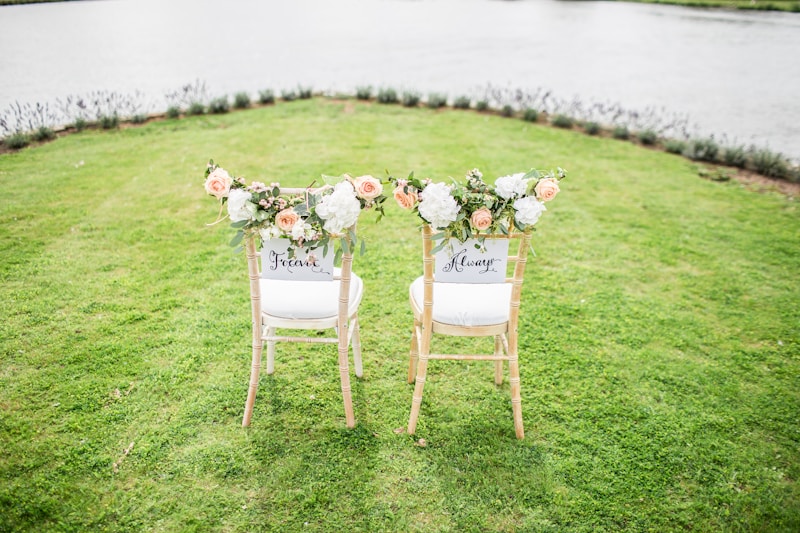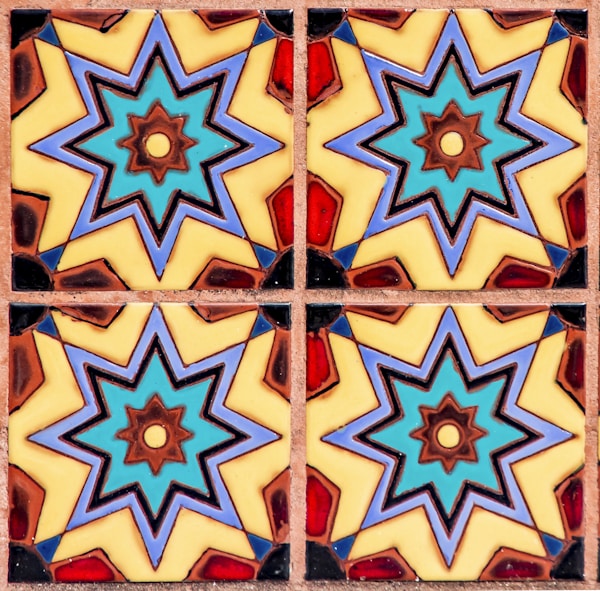Unlock the Secrets of Artistic Fabric Manipulation: A Complete Guide for Creatives
Introduction to Artistic Fabric ManipulationArtistic fabric manipulation is an exciting area within the realms of fashion design, textile art, and crafting. This innovative technique involves altering the structure and appearance of fabrics to create unique and visually striking designs. Whether you're a seasoned designer or a beginner looking to explore the world of textile art, mastering artistic fabric manipulation can transform your creations and elevate your artistry. In this guide, we will delve into the various methods, tips, and inspirations surrounding this fascinating art form.Understanding Artistic Fabric ManipulationAt its core, artistic fabric manipulation encompasses a variety of techniques aimed at reshaping, restructuring, and reinterpreting fabrics. This can include techniques such as gathering, pleating, smocking, embroidery, and even dyeing. By experimenting with these methods, artists and designers can create textures, patterns, and shapes that stand out and tell a story.Key Techniques in Artistic Fabric ManipulationTechniqueDescriptionGatheringPulling the fabric to create a ruffled effect, giving volume and texture.PleatingFolding the fabric into even, repetitive pleats for structure and design interest.SmockingStitching to gather the fabric in a way that creates decorative textures.EmbroideryAdding decorative stitching to fabrics, enhancing aesthetics and detail.DyeingApplying color to fabrics, allowing for personalized designs and effects.The Importance...
Embrace the Elegance of Scalloped Hem Trends in 2023
As fashion trends evolve, one standout detail that continues to make waves in the world of style is the scalloped hem. This chic design element adds a touch of femininity and flair to a variety of garments, making it a must-have for wardrobes in 2023. In this article, we will explore the resurgence of scalloped hem trends, detailing their history, how to incorporate them into your outfits, and where you can shop for the latest styles.Understanding Scalloped Hem TrendsScalloped hems have a unique way of softening silhouettes and creating visual interest. Traditionally associated with vintage and retro styles, this hemline has found a modern resurgence in various forms, from dresses to blouses, skirts, and even swimwear. The allure of scalloped hems lies in their ability to enhance any outfit, transforming a simple piece into something special.History of Scalloped HemsThe scalloped hem is not a new concept; it has been a beloved design element throughout fashion history. From the silks of the Victorian era to the flapper dresses of the 1920s, scalloping details have appeared in various forms. Today, contemporary designers are reinterpreting this classic detail with fresh, innovative designs that appeal to modern aesthetics.Why Scalloped Hems are Back in FashionThe revival of scalloped hems can be attributed to several factors:Versatility: Scalloped hems can be found in a variety of clothing items, making them suitable for casual, formal, and professional settings.Flattering Sil...
Embrace Elegance: The Allure of Long Sleeve Bridal Wear
Discovering the Charm of Long Sleeve Bridal WearWhen it comes to bridal fashion, every bride wants to feel like a vision on her special day. One undeniable trend making waves in the wedding industry is long sleeve bridal wear. This chic and elegant style not only elevates the overall look but also offers practical benefits, setting it apart from traditional strapless or sleeveless gowns.The Timeless Appeal of Long Sleeve Bridal WearLong sleeve bridal wear has an enduring appeal that transcends trends and seasons. From vintage lace to modern minimalist designs, there is a long sleeve gown for every bride. This style allows brides to express their individuality and taste while enjoying comfort and elegance throughout their big day.1. Versatility and StylesOne of the significant advantages of long sleeve bridal wear is its versatility. Brides can choose from a variety of styles, including: Lace Sleeves: Perfect for a romantic and vintage feel, lace sleeves add texture and detail to any gown. Off-the-Shoulder Couture: Create a dramatic yet sophisticated look with off-the-shoulder long sleeves. Ball Gown Elegance: Long sleeves can enhance the regal aesthetic of a ball gown. Simple and Sleek: Minimalist styles with long sleeves can create a refined and modern appearance. Style Description Lace Sleeves Adds texture and vintage charm. Off-the-Shoulder Dramatic yet sophisticated aesthetics. Ball Gown Enhances regal appeal. Minimalist Creates a...
The Ultimate Guide to Satin Wedding Dresses: Elegance, Styles, and Tips
Embrace Luxury with Satin Wedding DressesWhen it comes to choosing the perfect wedding dress, many brides dream of a gown that exudes elegance and sophistication. Satin wedding dresses are often at the top of this list. Known for their smooth texture and luxurious appearance, satin gowns are a popular choice among brides seeking a timeless look for their big day. In this comprehensive guide, we will explore everything you need to know about satin wedding dresses, including styles, benefits, and tips to choose the perfect gown for your special day.Why Choose Satin for Your Wedding Dress?Satin is a fabric that is synonymous with grace and refinement. Here are some reasons to consider satin for your wedding dress:Luxurious Appearance: The soft sheen and drape of satin creates an appearance that is both captivating and sophisticated.Comfort: Satin is comfortable against the skin, making it ideal for long hours of wear at your wedding.Draping Ability: Satin falls beautifully, allowing for stunning silhouettes that enhance your natural shape.Popular Styles of Satin Wedding DressesWhen it comes to satin wedding dresses, there are numerous styles to choose from. Each design can cater to different tastes and wedding themes. Below, we highlight some popular styles:StyleDescriptionA-LineOffers a flattering shape that is fitted at the bodice and gently flares out, suitable for most body types.Ball GownFeatures a full skirt and fitted bodice, perfect for a traditional and fairy-tale look....
Ultimate Guide to Off-the-Shoulder Gowns: Elegance, Style, and Tips for Choosing the Perfect Dress
Discovering the Allure of Off-the-Shoulder GownsOff-the-shoulder gowns have become a staple in every fashionista's wardrobe. With their elegant design and timeless appeal, these dresses exude a sense of sophistication that can elevate any occasion, from weddings to formal events. In this comprehensive guide, we will explore the beauty of off-the-shoulder gowns, their history, styles, and how to choose the perfect one for your body type.The History of Off-the-Shoulder GownsThe elegance of off-the-shoulder gowns dates back centuries. Initially popularized during the Renaissance, these gowns have made a significant comeback in modern fashion. Celebrities often sport these designs on red carpets, highlighting the exposed shoulders that create a striking silhouette. This style is not only alluring but also versatile, appealing to various fashion tastes.What Makes Off-the-Shoulder Gowns So Popular?There are several reasons why off-the-shoulder gowns have captivated the hearts of many:Versatility: They can be worn to a variety of occasions, from casual gatherings to formal events.Flattering Design: This style enhances the neckline, drawing attention to the shoulders and collarbone.Fashion-Forward: Off-the-shoulder gowns are often seen in high fashion, making them a trendy choice for those who want to stay ahead in fashion.Different Styles of Off-the-Shoulder GownsWhen it comes to off-the-shoulder gowns, there are numerous styles to consider. Each style can cater to different prefere...
The Ultimate Guide to Lace Wedding Dresses: Elegance, Styles, and Tips for Your Dream Day
Introduction to Lace Wedding DressesLace wedding dresses have long symbolized elegance and romance, making them a popular choice for brides around the world. The intricate designs, flowing fabrics, and timeless appeal of lace create a captivating look that makes any bride feel stunning on her special day. In this comprehensive guide, we will explore the various styles of lace wedding dresses, how to choose the perfect one for your body type, and tips for accessorizing your dress to enhance your overall bridal look.The Allure of Lace in Wedding FashionLace has been a key element in wedding fashion for centuries, with its delicate patterns and textures evoking feelings of nostalgia and beauty. The beauty of lace lies in its versatility—whether you prefer a vintage look, modern chic, or a bohemian vibe, there’s a lace wedding dress to match your personal style.Popular Styles of Lace Wedding DressesWhen it comes to lace wedding dresses, there are several popular styles that brides can choose from. Here are some of the most sought-after designs:StyleDescriptionMermaidThis design hugs the body and flares out at the knees, creating a stunning silhouette that emphasizes curves.A-LineThe A-line dress features a fitted bodice and flows out from the waist, flattering most body types.Ball GownTraditionally elegant, the ball gown comes with a full skirt and fitted bodice, perfect for a fairy-tale wedding.SheathA sheath dress follows the natural lines of the body, providing a sleek and mod...
Ultimate Guide to Wedding Dress Fabrics: Choosing the Perfect Material for Your Dream Dress
Understanding Wedding Dress FabricsWhen it comes to planning your wedding, one of the most crucial decisions you'll make is choosing the perfect wedding dress. Among the myriad of choices, the fabric of the dress plays a significant role in how it looks and feels. This article will guide you through the various types of wedding dress fabrics available, helping you make an informed decision for your special day.Popular Wedding Dress FabricsWedding dresses come in a variety of fabrics, each offering a unique texture and draping quality. Here are some of the most popular fabrics used in wedding dresses:Fabric TypeDescriptionSatinA luxurious, glossy fabric, satin is known for its smooth finish and elegant drape, making it a popular choice for formal weddings.ChiffonLightweight and airy, chiffon adds a romantic look to wedding dresses. It flows beautifully and is perfect for gowns with layers.LaceTimeless and intricate, lace adds texture and detail to any wedding dress, often used for sleeves, overlays, or full gowns.OrganzaStiff and sheer, organza provides structure to the dress while allowing for a subtle transparency, ideal for creating voluminous looks.TulleOften used for skirts and veils, tulle is soft and lightweight, perfect for brides looking for a fairy-tale wedding gown.SilkOne of the most luxurious fabrics, silk drapes beautifully and feels amazing against the skin, making it an elegant choice.Factors to Consider When Choosing Wedding Dress FabricsSelecting the right fa...
Discover the Elegance of Floral Wedding Dresses: A Complete Guide
Transform Your Big Day with Floral Wedding DressesWhen it comes to weddings, every detail matters, from the venue to the bouquet, but one of the most significant choices a bride will make is her dress. For modern brides looking to express their unique style, floral wedding dresses have emerged as a popular trend. This article delves into the charm of floral wedding dresses, exploring styles, trends, and tips for selecting the perfect gown for your special day.The Allure of Floral Wedding DressesFloral wedding dresses represent a beautiful blend of romance and whimsy, ideal for spring and summer weddings. These dresses come in a variety of styles, cuts, and colors, making them versatile enough to suit any theme or personal taste. What’s more, they can be paired beautifully with different types of bouquets, settings, and decorations, creating a cohesive and breathtaking aesthetic.Types of Floral Wedding DressesHere are some popular types of floral wedding dresses to consider:StyleDescriptionA-line DressesFlattering for all body types, A-line dresses flow gently from the waist down, perfect for showcasing beautiful floral patterns.Mermaid DressesThese dresses hug the body until the knee before flaring out, offering a dramatic silhouette often adorned with floral appliques.Ball Gown DressesThe classic fairytale style, often with a voluminous skirt and intricate floral designs that make a stunning impact.Sheath DressesFor a modern and sleek look, sheath dresses fit closely to the ...
The Ultimate Guide to Chiffon Wedding Gowns: Elegance Meets Comfort
Introduction to Chiffon Wedding GownsWhen it comes to selecting the perfect wedding gown, many brides dream of a dress that combines style, elegance, and comfort. Chiffon wedding gowns have surged in popularity in recent years, becoming a favored choice for modern brides. But what exactly are chiffon wedding gowns, and what makes them so special? In this comprehensive guide, we will explore everything you need to know about chiffon wedding gowns, from styles and designs to tips on where to buy them, helping you make the best choice for your special day.What Are Chiffon Wedding Gowns?Chiffon wedding gowns are made from a lightweight, sheer fabric known as chiffon, which is characterized by its soft texture and flowy appearance. The fabric drapes beautifully, allowing it to create romantic silhouettes that are perfect for weddings. Due to its versatility, chiffon can be used in various styles, whether you prefer a classic look or a modern, bohemian vibe.Benefits of Choosing Chiffon Wedding GownsThere are several reasons why brides opt for chiffon wedding gowns: Comfort: Chiffon is breathable and lightweight, making it an excellent choice for weddings held in warm weather or for brides looking for something less constricting. Versatility: Chiffon can be styled in various ways, allowing for a wide range of wedding dress designs, from A-line to mermaid and everything in between. Elegant Draping: The way chiffon drapes enhances a bride's figure beautifully, often accentuating cu...
Exploring Sleeve Styles for Gowns: A Comprehensive Guide
IntroductionWhen it comes to selecting the perfect gown, one of the most crucial elements to consider is the sleeve style. With a multitude of options available, the right sleeves can elevate a gown from ordinary to extraordinary. In this article, we will delve deep into the various sleeve styles for gowns, their significance, and how they can transform your overall look. Whether you’re preparing for a wedding, prom, or any formal event, understanding sleeve styles is essential in making the right fashion choice.The Impact of Sleeve StylesSleeves are not just functional; they fundamentally shape the gown's aesthetic. The choice of sleeve can influence how formal an outfit appears, the level of comfort, and even the suitability for different body types. Different types of sleeve styles can create varying silhouettes and can have a dramatic effect on your look. Below, we’ll examine several popular sleeve styles and their unique characteristics.Sleeve StyleDescriptionBest ForCap SleevesShort sleeves that just cover the shoulder.Petite or hourglass body types.Short SleevesSleeves that cover the upper arm, typically falling to the elbow.Casual or semi-formal dresses.Three-Quarter SleevesSleeves that extend to the mid-forearm.All body types; good for transitional seasons.Long SleevesSleeves that extend to the wrist or cover the entire arm.Winter events; add elegance and formality.Off-the-ShoulderSleeves that sit below the shoulders, exposing the collarbone.Romantic occasions, ideal...
Discover the Allure of Beaded Wedding Dresses: A Complete Guide
Introduction to Beaded Wedding DressesWhen it comes to choosing the perfect wedding dress, many brides seek a gown that embodies elegance, charm, and timeless beauty. One style that encapsulates these qualities is the beaded wedding dress. These dresses, adorned with intricate beadwork and embellishments, have gained immense popularity for their ability to enhance the bride's natural beauty and create a stunning visual impact. In this comprehensive guide, we will explore everything you need to know about beaded wedding dresses, including styles, options, and maintenance tips, to help you make an informed decision for your special day.The History of Beaded Wedding DressesBeaded wedding dresses have a rich history that dates back centuries. The use of beads in clothing can be traced to ancient civilizations, where beads were often made from natural materials such as shells, stones, and wood. As fashion evolved, so did the use of beads, culminating in the exquisite designs we see today in wedding attire. Nowadays, beaded wedding dresses showcase a variety of styles, from vintage designs inspired by the roaring twenties to modern, sleek silhouettes. The use of beads allows designers to create stunning patterns, adding depth and texture to the dress.Why Choose a Beaded Wedding Dress?Beaded wedding dresses offer numerous benefits that make them a popular choice among brides:Elegance and Sophistication: The intricate beadwork adds an element of glamour that elevates the overall loo...
The Ultimate Guide to Exquisite Wedding Fabrics: Transform Your Big Day with Luxurious Textiles
Exploring Exquisite Wedding FabricsYour wedding day is one of the most significant moments in your life, and every detail matters. One of the pivotal elements that can elevate your wedding aesthetic is the choice of exquisite wedding fabrics. From delicate lace to sumptuous silk, the fabrics you select can define the overall ambiance of your celebration.The Importance of Choosing the Right FabricWhen it comes to planning a wedding, many couples focus on themes, venues, and guest lists, but the choice of fabric can be equally impactful. The right fabric helps to convey the tone and style of your wedding, whether you aim for a modern look or a more traditional vibe. Here are key reasons why fabric selection is vital: Aesthetic Appeal: The visual impact of your wedding attire and decor is determined largely by fabric. Comfort: The right fabrics ensure comfort for you and your guests, especially in various weather conditions. Durability: High-quality fabrics can withstand the joyful and emotional moments of your wedding day.Types of Exquisite Wedding FabricsNow that we understand the importance of fabric choice, let’s delve into some of the most exquisite wedding fabrics that can enhance your special day:1. SilkSilk is renowned for its luxurious feel and elegant drape. Suitable for bridal gowns, bridesmaid dresses, and even table linens, silk exudes glamour. It's ideal for a formal wedding setting. However, be prepared for higher costs, as silk tends to be one of the mor...
Choosing the Perfect Wedding Dress Materials: A Comprehensive Guide
Introduction to Wedding Dress MaterialsWhen it comes to planning a wedding, one of the most significant choices you'll make is selecting the perfect wedding dress. The fabric you choose can greatly impact not only the look and feel of your dress but also the overall vibe of your wedding day. With various wedding dress materials available, understanding the characteristics and benefits of each fabric will ensure that you find the dress of your dreams. In this article, we will explore different wedding dress materials, their features, and tips for selecting the right fabric for your special day.Popular Wedding Dress MaterialsHere, we will discuss some of the most popular wedding dress materials, highlighting their unique qualities and making them ideal for bridal gowns.MaterialCharacteristicsIdeal ForSilkLuxurious, soft, and has a beautiful drape.Classic, elegant weddings.ChiffonLightweight, sheer, and flowy.Romantic outdoor weddings.LaceTextured with intricate patterns.Vintage-themed weddings.OrganzaLightweight, crisp, and slightly stiffer than silk.Fairy-tale weddings with a touch of glamour.TulleSoft, sheer, and adds volume.Ball gowns and whimsical styles.SatinsSmooth, shiny finish with a luxurious feel.Elegant formal weddings.1. SilkSilk is one of the most sought-after wedding dress materials due to its luxurious look and feel. It is incredibly soft against the skin and drapes beautifully, making it ideal for a variety of gown styles. Whether you opt for a classic A-line si...
The Allure of Ethereal Floral Gowns: A Fashion Journey into Elegance
Introduction to Ethereal Floral GownsIn the world of fashion, few elements evoke as much charm and grace as ethereal floral gowns. These breathtaking garments combine delicate designs with vibrant floral patterns, making them a staple for special occasions ranging from weddings to summer soirees. In this article, we will delve into the enchanting world of ethereal floral gowns, exploring their history, features, styling tips, and the latest trends. Join us as we unfold the beauty of these captivating dresses!A Brief History of Floral Patterns in FashionThe use of floral patterns in fashion dates back centuries, intertwining with cultures around the globe. From the embroidered silks of the East to the luxurious cottons of the West, flowers symbolize beauty, nature, and femininity. Ethereal floral gowns have evolved over time, with designers taking inspiration from nature to create stunning pieces that tell a story. Traditional motifs are now blended with modern aesthetics to produce gowns that are both timeless and trendy.Key Features of Ethereal Floral GownsEthereal floral gowns are characterized by several distinctive features that set them apart: Lightweight Fabrics: Many ethereal gowns are made from light materials like chiffon, tulle, or silk, which enhances their flowy appearance. Soft Color Palettes: These gowns often feature pastel shades or soft earth tones, contributing to their whimsical aesthetic. Delicate Floral Prints: The hallmark of an ethereal floral ...
The Allure of Magnificent Bridal Textiles: A Guide to Elegant Wedding Fabrics
When it comes to weddings, bridal textiles play a crucial role in creating unforgettable memories. They not only contribute to the visual appeal of the ceremony but also reflect the personality and style of the bride. Magnificent bridal textiles can transform an ordinary gown into an extraordinary masterpiece. In this article, we will explore various types of bridal textiles, their significance, and tips on choosing the right fabric for your wedding.Understanding Bridal TextilesBridal textiles are specialized fabrics used in the design and creation of wedding dresses and accessories. They range from luxurious silks to intricate lace and everything in between. Understanding these materials will help you make informed decisions when selecting your bridal attire. Below, we highlight some of the most popular bridal textiles:Type of TextileDescriptionSilkKnown for its luxurious feel, silk is perfect for flowing, elegant gowns.LaceIntricate and delicate, lace adds a romantic touch to any bridal outfit.ChiffonLight and airy, chiffon works well for layers and movement in dresses.TaffetaWith its crisp texture, taffeta is ideal for structured gowns.OrganzaA sheer, lightweight fabric that adds volume and depth.The Importance of Choosing the Right FabricChoosing the right bridal textile is essential for several reasons. Firstly, the fabric impacts the overall silhouette and shape of the dress. For example, a structured fabric like taffeta will retain its shape, while softer fabrics like ...
Understanding Bridal Dress Fabrics: A Comprehensive Guide for Modern Brides
Bridal Dress Fabrics: Choosing the Right Material for Your Dream GownWhen embarking on the journey to create your perfect wedding dress, one of the most crucial decisions is selecting the right bridal dress fabrics. The fabric you choose will not only influence the look and feel of your gown but also dictate how it flows, drapes, and fits. In this guide, we will explore various types of fabrics commonly used in bridal wear, tips for selection, and how to effectively care for your gown.Popular Bridal Dress FabricsBridal dress fabrics come in a plethora of options, each offering unique characteristics. Here is a look at some of the most popular choices:Fabric typeDescriptionSilkSilk is one of the most luxurious fabrics. It drapes beautifully and has a natural sheen, making it perfect for elegant bridal gowns.OrganzaThis lightweight, sheer fabric adds volume to dresses and is perfect for layering. Organza is crisp, making it a favorite for ball gown styles.TulleTulle is another lightweight and ethereal fabric often used for skirts and veils. It has a soft, net-like structure that creates a dreamy effect.ChiffonThis soft, flowing fabric is semi-sheer and offers a delicate and romantic look, ideal for draped styles and overlay.LaceLace is a timeless fabric that adds texture and intricate detail to gowns. It can be used as an overlay or as the main fabric for a vintage look.SatinSatin has a glossy finish and a smooth surface. This fabric is heavier, creating a structured silhouette...
Discovering Floral Bridal Fashion: A Trendy Way to Say "I Do"
Embracing the Elegance of Floral Bridal FashionWeddings are a celebration of love, and every bride wants to look her best on this special day. One of the most enchanting trends in bridal wear is the floral bridal fashion, which intertwines nature’s beauty with elegance and romance. From whimsical bouquets to stunning floral-patterned dresses, this style brings a refreshing twist to traditional bridal attire. Let us explore the elements of floral bridal fashion, the best ways to incorporate florals into your wedding look, and how to find inspiration for your big day.What is Floral Bridal Fashion?Floral bridal fashion represents a unique approach to bridal wear that embraces floral motifs, designs, and decorations. This style can be manifested through various elements, including:Floral wedding dresses adorned with intricate patterns.Bridal accessories, such as floral crowns, hairpieces, and jewelry.Beautiful flower arrangements used as bouquets or table centerpieces.This trend is not just about wearing flowery patterns; it encapsulates the overall essence of a garden—a beautiful and romantic atmosphere. Floral bridal fashion can perfectly suit different wedding themes, whether they be vintage, bohemian, rustic, or modern.Popular Floral Bridal Fashion StylesWhen considering floral bridal fashion, brides can choose from a plethora of styles that reflect their personalities and complement their wedding themes. Below are some popular options:StyleDescriptionFloral Print GownsDresse...
Embrace Elegance: The Allure of Off-the-Shoulder Bridal Wear
Introduction to Off-the-Shoulder Bridal WearAs weddings continue to evolve, so do trends in bridal fashion. One trend that has garnered significant attention is off-the-shoulder bridal wear. This romantic style flatters brides of all shapes and sizes, showcasing the shoulders while providing a feminine and sophisticated look. In this article, we will explore the various styles, tips, and considerations surrounding off-the-shoulder bridal gowns. From styles to accessorizing, we will cover everything you need to know about this enchanting trend.The Allure of Off-the-Shoulder GownsOff-the-shoulder bridal wear has made a remarkable comeback in the world of wedding fashion. It’s not just a trend; it represents timeless elegance and contemporary charm. This style highlights the neckline and collarbones, offering a unique silhouette that many brides crave.1. The Rising Popularity of Off-the-Shoulder StylesThe popularity of off-the-shoulder bridal wear can be attributed to various factors:Celebrity Influence: Numerous celebrities have donned off-the-shoulder gowns during their weddings, showcasing this trend to a larger audience.Social Media: Platforms like Instagram and Pinterest are overflowing with stunning off-the-shoulder designs, inspiring brides around the globe.Red Carpet and Fashion Shows: Many bridal fashion shows feature off-the-shoulder gowns, solidifying their status as a fashionable choice.2. Different Styles of Off-the-Shoulder Bridal WearOff-the-shoulder gowns come in...
The Ultimate Guide to Couture Dress Fabrics: Elevate Your Fashion Game
Introduction to Couture Dress FabricsCouture dress fabrics represent the pinnacle of luxury in the fashion industry. These materials not only determine the quality and look of a couture dress but also play a crucial role in its feel and drape. In this comprehensive guide, we will explore the various types of couture dress fabrics, their unique properties, and how to choose the perfect one for your next couture creation.Why Choose Couture Dress Fabrics?Choosing the right fabric is fundamental in couture fashion. Couture dress fabrics are often handcrafted and of the highest quality, ensuring that garments are not only stunning but also durable. Here are a few reasons why opting for couture dress fabrics is beneficial:Quality: Couture fabrics are made from premium materials, ensuring longevity and a luxurious feel.Unique Designs: Many couture houses offer exclusive fabrics, allowing for one-of-a-kind designs.Expert Craftsmanship: These fabrics are often woven or embroidered with intricate details, enhancing the garment's overall aesthetic.Types of Couture Dress FabricsFabric TypeCharacteristicsExamplesSilkLuxurious, smooth, and has a natural sheen.Charmeuse, chiffon, and organza.VelvetSoft, plush texture with a rich appearance.Crushed velvet, stretch velvet, and silk velvet.LaceDelicate, intricate patterns, often sheer.Chantilly lace, embroidered lace, and cotton lace.BrocadeHeavy, decorative fabric featuring raised designs.Jacquard brocade and metallic brocade.GeorgetteLightwe...
The Ultimate Guide to Bridal Gown Materials: Choosing the Perfect Fabric for Your Dream Dress
When it comes to wedding planning, one of the most exciting yet daunting tasks is selecting the perfect bridal gown. Among the myriad factors to consider, the choice of materials stands out. The fabric not only influences the overall look and feel of the gown but also affects comfort, draping, and cost. In this comprehensive guide, we’ll delve into various bridal gown materials, helping you make an informed decision for your special day.Understanding Bridal Gown MaterialsBridal gown materials vary greatly, each offering distinct characteristics that can shape the ultimate appearance of your dress. From luxurious silks to rustic lace, the fabric you choose can enhance the theme of your wedding and reflect your personality. Below, we explore some popular bridal gown materials and their specific attributes.1. SilkSilk is one of the most luxurious fabrics used in bridal gowns. Known for its smooth texture and beautiful sheen, it drapes elegantly, making it a favorite among brides who desire a classic look.Advantages of SilkDisadvantages of SilkLuxurious appearanceHigher costExcellent drapingRequires special careLightweight and breathableCan be prone to wrinkling2. SatinSatin is a popular choice for bridal gowns due to its glossy front and matte back. It gives a stunning silhouette and is relatively easy to handle during fittings. This fabric is perfect for structured designs.Why Choose Satin?Satin provides a lustrous finish, making it ideal for evening weddings. It can come in va...
